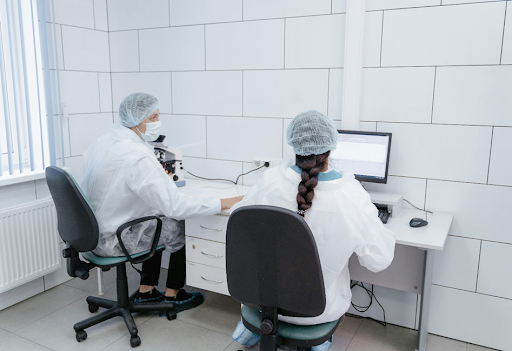CCTV Cameras in some major US cities are capturing private citizens’ faces in real-time.
Surveillance capitalism in the United States has been steadily evolving in the United States over the last ten years. Since the invention of social media and the rise of ubiquitous outdoor CCTV surveillance systems in major cities, private individuals are becoming more and more visible to anyone who knows where to look, and how to access the images. Now, the announcement that certain American cities are ostensibly planning to install real-time facial recognition software for their external CCTV systems has civil liberty groups in a uproar.
The “authoritarian potential,” as it was denoted in a recent article by WIRED, began in China, with many activist groups condemning the country’s use of facial recognition software to flag suspects who are caught on the cities’ external candid cameras. However, according to WIRED, Georgetown researchers released a report last week that cities like Chicago and Detroit have purchased this software for their CCTV surveillance systems. In addition to the fact that both cities deny current use of this software, there is no federal or state law that would prevent them from doing so.
The technology is innocuous enough. It’s the same technology that allows personal smart devices like iPhones, desktops, and laptops to have security protocol that prevents someone who is not the user from accessing the device. Image recognition software has been used by law enforcement for years to catch criminals, but experts are saying this level of sophistication in technology can create a troubling landscape in which a private individual’s anonymity in public spaces is threatened—experts like Evan Selinger, a professor at the Rochester Institute of Technology, “Historically, we haven’t had to regulate privacy in public because it’s been too expensive for any entity to track our whereabouts.” With the rise of a surveillance capitalism, those days are over.
For civil liberty groups, the premise of this software being used to catch criminals does little to overshadow the specter of Big Brother hanging over them. Experts and activists alike call into question the accuracy of the software, and what effect any inaccuracies will have on persons of color and other private, non-suspect individuals who are minding their own business in a public square. They’ve also called attention to the use of such real-time facial recognition systems on police work, saying technological biases in biometric surveillance will lead to flawed investigations, and resources wasted on faulty leads generated by the systems. In one instance, actor Woody Harrelson’s image was uploaded into the system with the intention of identifying potential suspects who resemble him.
It is difficult to ignore the potential good a system like this could do in cases of missing persons or child abduction. CCTV footage is constantly being utilized by law enforcement to recreate a person’s movements in order to find answers—just recently, CCTV footage was used by Houston law enforcement to investigate the claims of a missing 4-year-old’s stepfather, who says she was kidnapped by two men after he was ambushed on the side of the road. He’s now being held on a $45,000 bond after the CCTV footage outside their Houston apartment directly contradicted his story.
Despite the concerns surrounding this evolving real-time facial recognition technology, one thing is certain: Legislature at all levels of government must have an eye on this technology and its capabilities, bearing in mind that misappropriation could have disastrous consequences to private citizens who are innocent of any wrongdoing. Without rules or regulations to dictate how the technology should be used, cities in the United States could become vulnerable to what has been denoted as a potentially authoritarian practice, eroding our privacy, and threatening our liberty.


